Cabinet Doors, Rails Long, vs. Stiles Long
johnorange
9 years ago
Featured Answer
Sort by:Oldest
Comments (25)
johnorange
9 years agojakuvall
9 years agojohnorange
9 years agocookncarpenter
9 years agojakuvall
9 years agojohnorange
9 years agormtdoug
9 years agormtdoug
9 years agojohnorange
9 years agocookncarpenter
9 years agojakuvall
9 years agocookncarpenter
9 years agormtdoug
9 years agochiefneil
9 years agojohnorange
9 years agojohnorange
9 years agojohnorange
9 years agoplllog
9 years agojakuvall
9 years agocookncarpenter
9 years agonancyjwb
9 years agojohnorange
9 years agosombreuil_mongrel
9 years agoplllog
9 years ago
Related Stories

DECORATING GUIDESAsk an Expert: How to Decorate a Long, Narrow Room
Distract attention away from an awkward room shape and create a pleasing design using these pro tips
Full Story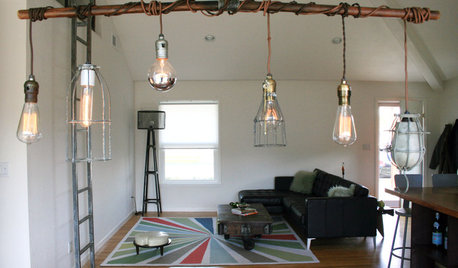
HOUZZ TOURSMy Houzz: Midcentury Minimalism in Long Beach
Vintage and industrial design elements combine for lots of character in this California couple's minimalist home
Full Story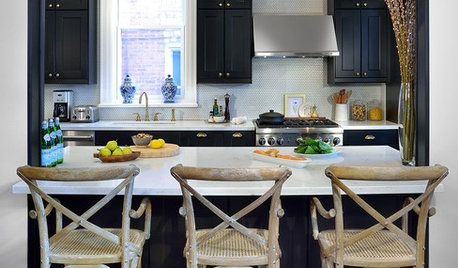
KITCHEN DESIGNKitchen of the Week: Galley Kitchen Is Long on Style
Victorian-era details and French-bistro inspiration create an elegant custom look in this narrow space
Full Story
KITCHEN ISLANDSWhat to Consider With an Extra-Long Kitchen Island
More prep, seating and storage space? Check. But you’ll need to factor in traffic flow, seams and more when designing a long island
Full Story
INSIDE HOUZZHow Much Does a Remodel Cost, and How Long Does It Take?
The 2016 Houzz & Home survey asked 120,000 Houzzers about their renovation projects. Here’s what they said
Full Story
DECORATING GUIDESDivide and Conquer: How to Furnish a Long, Narrow Room
Learn decorating and layout tricks to create intimacy, distinguish areas and work with scale in an alley of a room
Full Story
MOVINGRelocating Help: 8 Tips for a Happier Long-Distance Move
Trash bags, houseplants and a good cry all have their role when it comes to this major life change
Full Story
DECORATING GUIDESImproving a Rental: Great Ideas for the Short and Long Haul
Don't settle for bland or blech just because you rent. Make your home feel more like you with these improvements from minor to major
Full Story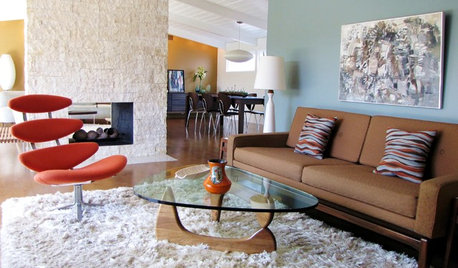
HOUZZ TOURSMy Houzz: Cliff May Homeowners Lead the Way in Long Beach
Two Realtors and their renovated home set the bar for midcentury nostalgia and style in their Cliff May tract
Full Story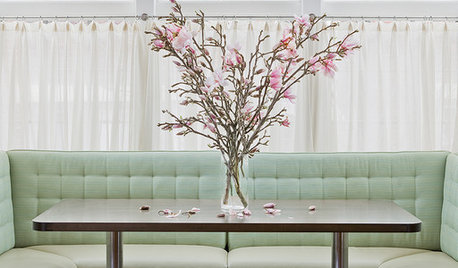
DECORATING GUIDESShort Café Curtains Are Long on Style
More casual than full-length curtains, these abbreviated window treatments offer privacy without obscuring light and views
Full StoryMore Discussions






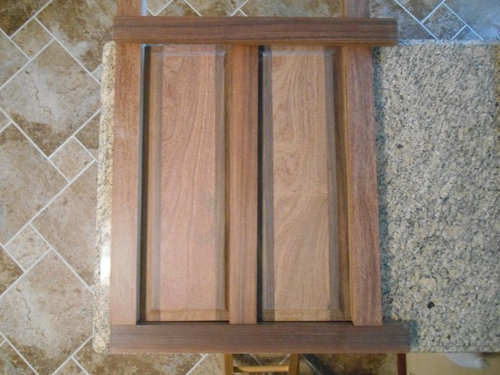
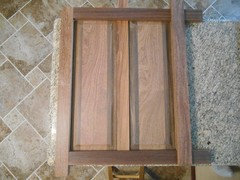
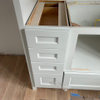
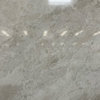

cookncarpenter